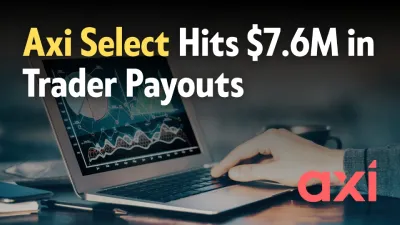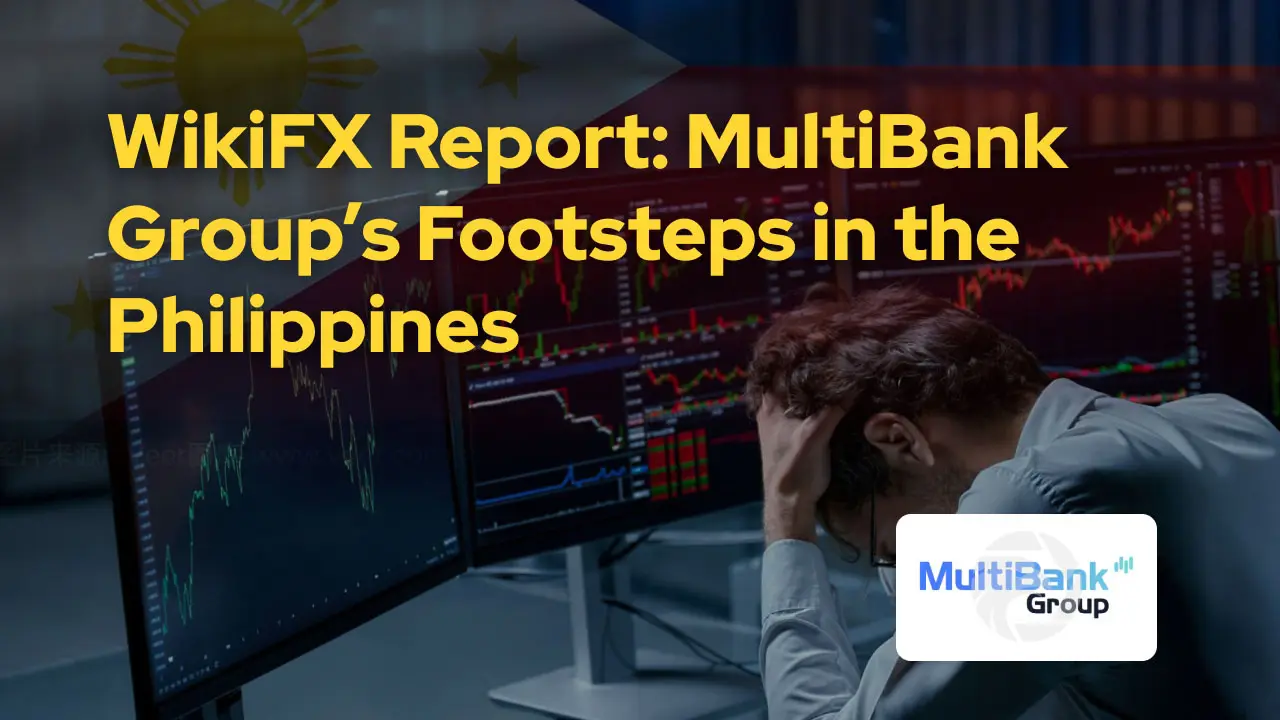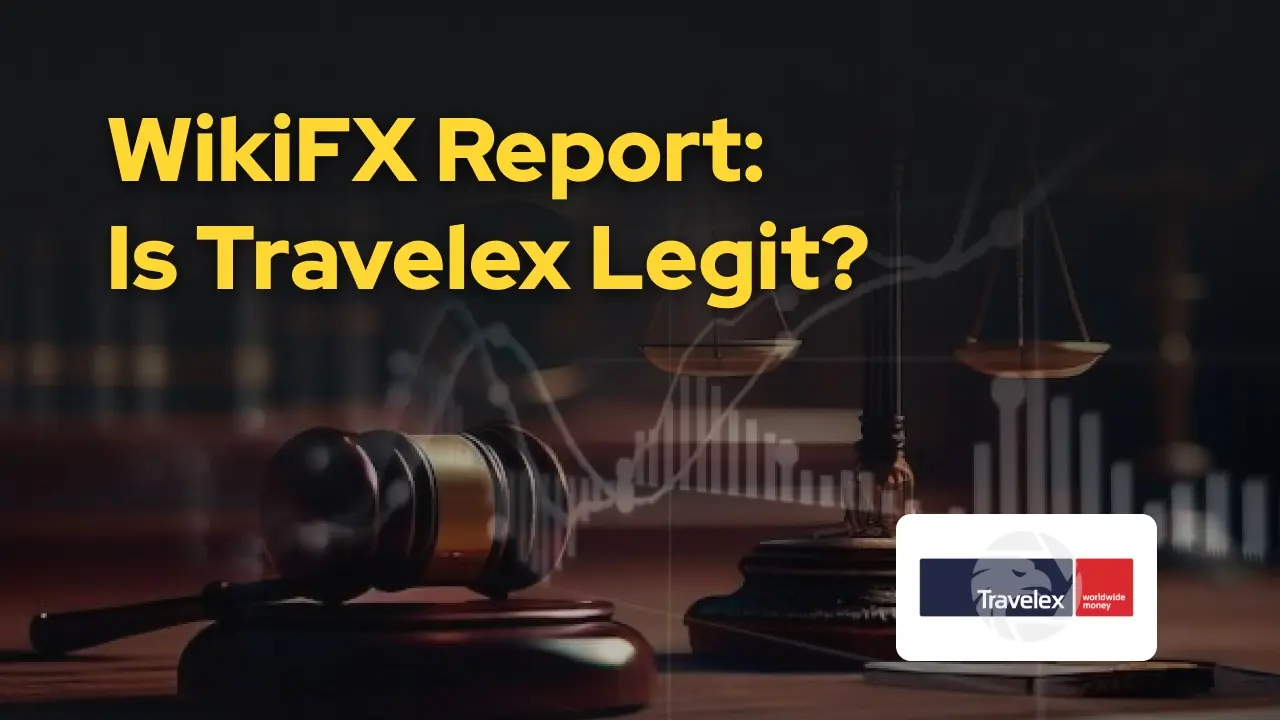How Fake News Sites Are Fueling a Global Investment Scam Epidemic
Abstract:A surge in sophisticated investment scams has been uncovered, exploiting fake news websites that mimic globally trusted media outlets such as CNN, the BBC, and CNBC. According to a July 2025 report by cybersecurity firm CTM360, more than 17,000 fraudulent websites have been detected, designed to mislead users and funnel them into elaborate financial traps.

A surge in sophisticated investment scams has been uncovered, exploiting fake news websites that mimic globally trusted media outlets such as CNN, the BBC, and CNBC. According to a July 2025 report by cybersecurity firm CTM360, more than 17,000 fraudulent websites have been detected, designed to mislead users and funnel them into elaborate financial traps.
These deceptive platforms, referred to as “baiting news sites,” operate across at least 50 countries. Many are tailored to local audiences by using native languages and region-specific content. The Middle East has emerged as the most targeted region, with over 10,000 such sites identified.

The scammers behind these operations imitate the look and feel of legitimate media sources to publish fabricated news articles. These articles often falsely associate well-known public figures or reputable financial institutions with fake investment opportunities. The goal is to create a sense of credibility and urgency, prompting unsuspecting users to engage.
CTM360s findings reveal that most of the websites use low-cost or free top-level domains such as .xyz, .shop, and .click. Some even go as far as hijacking legitimate websites to host these fraudulent pages, making them harder to detect and take down.
Victims are usually drawn in through sponsored ads placed on major platforms like Google, Meta, and blogging websites. These ads lead to the fake news stories, which then direct users to registration forms disguised as sign-up pages for genuine trading platforms.
After entering personal details including name, email address, and phone number, users are contacted by someone posing as an investment advisor. These so-called “experts” encourage victims to provide more sensitive data, such as their national ID and banking details. They are then persuaded to make an initial deposit to activate their trading account.
Once registered, users are given access to what appears to be an active trading dashboard. This interface may show rising profits and successful trades. However, none of the transactions are real. The figures are entirely fabricated to manipulate victims into depositing more funds.
Attempts to withdraw these supposed profits are often met with new obstacles. Victims are told they need to verify their identity further, pay additional fees, or meet new minimum balance requirements. In many cases, withdrawal options are simply disabled, with vague explanations citing technical issues or system errors.
CTM360's report sheds light on the growing scale and sophistication of these operations. The combination of fake media branding, strategic online advertising, and psychological manipulation has created a highly effective global fraud mechanism.

Read more

Axi Select Hits $7.6M in Trader Payouts
Axi Select celebrates its 5th $1M funded trader and over $7.6M in payouts, marking a major milestone in its global trader funding program.

WikiFX Report: MultiBank Group’s Footsteps in the Philippines
MultiBank Group, a global financial services provider, has launched operations in the Philippines a long time ago, where its entry, activities, and eventual retreat from the market left behind a trail of questions. This article reviews the broker’s history in the country, highlights specific cases, and underscores the importance of caution when dealing with MultiBank Group.

What is Free Margin in Forex? The Ultimate Guide for Traders
Mastering the concept of what is free margin forex is about more than just avoiding disaster. It's about securing your trading freedom. A healthy, well-managed free margin gives you the confidence and flexibility to execute your strategy effectively, withstand market volatility, and stay in the game long enough to achieve your goals. It's the foundation upon which a sustainable trading career is built.

WikiFX Report: Is Travelex Legit?
Travelex is a forex broker in the market that has the trading experience of more than 20 years. However, with the emergence of numerous unregulated and fraudulent brokers in the forex industry, traders often ask: Is Travelex legit? Therefore, we made a comprehensive review of this broker.
WikiFX Broker
Latest News
Why Are Investors Losing Trust in StoneX? What You Need to Know
Forex Lot Size Explained: A Complete Guide to Standard, Mini, & Micro Lots
Trader’s Way Exposed: Where Winning Trades Turn into Losses Overnight
Checkout List of 7 "FCA WARNED" Unauthorized Brokers
Pip Value Calculation Guide: How Much Is a Pip in Forex Really Worth?
Football Meets Finance: PSG Signs Global Partnership With WeTrade
Activity Upgraded! The 2025 WikiFX “Global Broker Review Contest” Grandly Launches!
What is Spread in Forex? How It Affects Your Trading Costs (A Complete Guide)
SEC Flags Five More Unregistered Crypto Platforms in PH
Webull Brings Crypto Trading Back to App
Rate Calc

